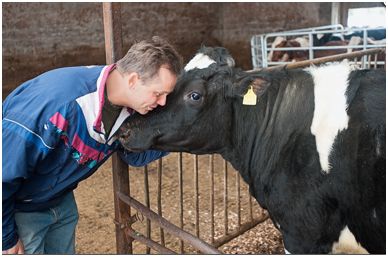 Our three parter on livestock reduction in the EU has generated quite a stir. Here we are giving our readers a chance to outline their positions on this hot topic.
Our three parter on livestock reduction in the EU has generated quite a stir. Here we are giving our readers a chance to outline their positions on this hot topic.
But first, a brief recap. In part one, we gave you a detailed account of some exciting new research, lead authored by Henk Westhoek (Netherlands Environmental Assessment Agency) and Mark A. Sutton (Centre for Ecology & Hydrology, UK). The author’s study considered what might happen if Europe reduced its consumption of livestock derived products by 50%. The health and environmental benefits were significant, and quite linked to the level of reduction in livestock.
Then in part two, we put three questions to the authors, in an exclusive interview. These were: Cereals are not the answer (they postulated a shift from livestock to cereals); For meat and milk, why not prioritise different parts of Europe rather than a general reduction (they did not add detailed nuance to regions in Europe with different livestock production regimes) and Why no alternative methods? (small changes in agricultural practices were considered by the authors, not major changes). You can read their replies here.
Now its time for what you thought.
Bruce Scholten Durham University (left) chipped in with this:
“Confined animal feeding operations (industrial CAFOs) emit much more GHGs than small-scale pastured livestock. Pitesky et al (2009) estimate global GHGs from livestock at 3%, far below the 18% found by Steinfeld et al (2006) which stressed deforestation.
I’m not saying cows don’t burp occasionally, but they are marvelous at building soil nutrients, humus & tilth (Cows fertilized Wisconsin’s thin glacial soils after wheat farmers saw yields plunge.)…Composted properly, manure is pathogen-free and ‘sequestrates carbon’ according to Gene Logsdon (2010: ‘Holy Shit’: 43). A USDA study found that pasture sequestrates 3400 pounds more methane annually compared to row crops (Chuck Benbrook Aug. 2012 Te Organic Center: 7; Hoard’s Dairyman Jan. 10, 2014). Moo!”
 Andrzej Nowakowski (of Pesticide Action Network Europe) queried some of the assumptions regarding grasslands made in the models. He asked:
Andrzej Nowakowski (of Pesticide Action Network Europe) queried some of the assumptions regarding grasslands made in the models. He asked:
– In the high price scenario, the permanent grassland (although intensively used) being converted to arable represents a massive loss of carbon: is that C store accounted for in the model (as this will not decrease C emissions) and costed appropriately (e.g. weighted negatively)?
– Do the models therefore support pasture-based grazing systems?
– There are also some grasslands which are not semi-natural grasslands but which are high biodiversity, does the model not assume these are low biodiversity and sacrifice them?
And prioritising, he pointed out that “in the end it is a model, but how do we shift diets and consumption and steer land use changes in holistically positive way?”
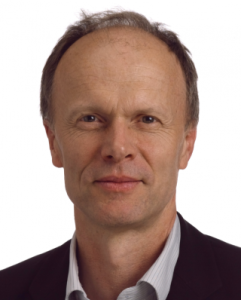 Hannes Lorenzen (adviser for the Greens/EFA group) also queried the parameters of the study.
Hannes Lorenzen (adviser for the Greens/EFA group) also queried the parameters of the study.
“I think the study is quite a narrow approach to the GHG aspect of meat production, without taking a broader picture of what that means for long term sustainable farming and food systems. The vision of producing cereals for export and agrifuels on former grassland is in my view not an option, even if that would reduce soy imports.” He also considered the framing of this debate along the lines of the a sufficiency paradigm. Rebalancing plant and livestock production in a sufficiency paradigm, is part of the 3rd SCAR report. This report considers two models of production in what it describes as a “resource-constrained world”.
Here are those two paradigms, taken from the 3rd SCAR report.
The productivity narrative. According to the productivity narrative, world population will increase to an estimated 9.2 billion people in 2050, while agricultural productivity has been slowing down over the last decades. Rising income levels in emerging countries will shift diets to include more protein rich food and will increase energy demand. At the same time, resource constraints and climate change severely limit the world’s capacity to expand food production. Hence, there is a serious threat that food demand will not be met in 2050, leading to more hunger and political instability Scientific advances have the potential to bring forward technologies that boost productivity whilst addressing resource scarcities and environmental problems. To achieve this, massive investments need to be made in R&D, in speeding up technology adoption by farmers and addressing barriers in rural infrastructure, trade barriers and access to markets.
The sufficiency narrative. According to the sufficiency narrative, world population will increase to an estimated 9.2 billion people in 2050, which will lead to dramatic environmental problems as system Earth does not have the capacity to support expected rates of consumption. In addition, current food systems produce waste and over consumption leading to mass health problems. The destruction of important ecosystems will have dramatic feedback effects that undermine the foundations of our food systems, leading to more poverty and conflict. Scientific advances have the potential to bring forward technological solutions that are productive, reduce resource use and preserve biodiversity. However, to stay within the capacity of system Earth, demand increases need to be mitigated through behavioural change and structural changes in food systems and supply chains. Moreover, environmental externalities need to be internalised in markets through appropriate governance structures that also address the disruptive effect of unregulated trade.
The sufficiency paradigm is part of the process that led the CAP toward the EIP – European Innovation Partnership – which Arc2020.eu has been involved in promoting and helping to develop.
So there are certainly issues and contentions, and queries around emphasis. Its worth remembering, however, that this study was but one, albeit one with other accompanying research, as the authors pointed out in part two. Their scope was deliberately narrow, to consider what they felt to be a realistic, simple shift without radical rupture – a shift to cereals and energy crops, with significant but not seismic changes in diet or land use. And reduced, but, importantly, changed livestock production is a core part of many more agro-ecological approaches to food production, including the sufficiency narrative/paradigm above.
More thoughts on this topic most welcome, via social media (our twitter, our facebook) or comments.

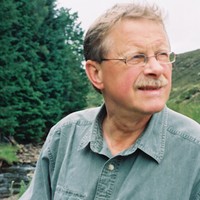

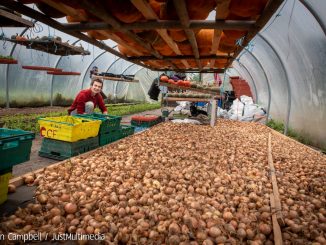
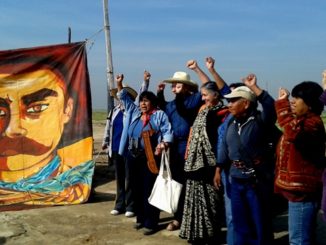
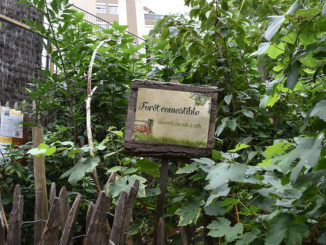
1 Trackback / Pingback
Comments are closed.